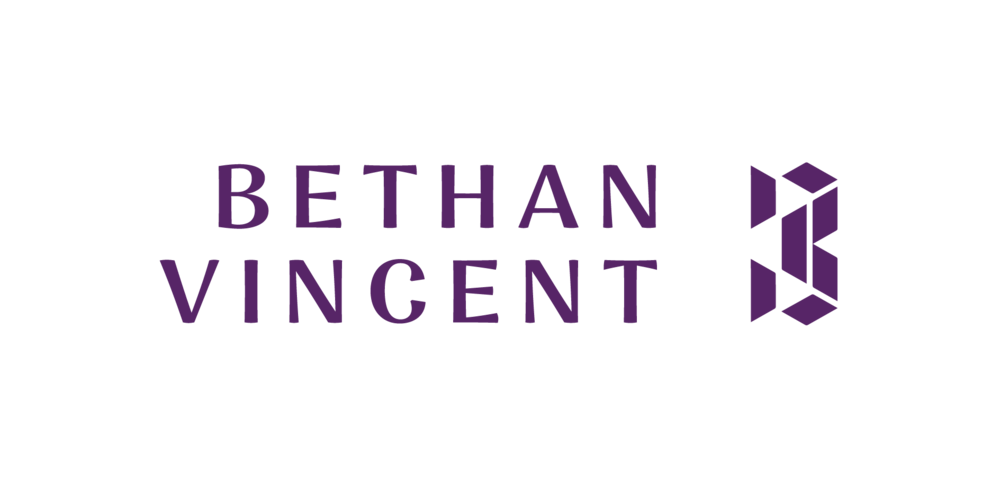Ex-tech giant employees come with fantastic pedigree, but are they the right hire for a start-up or scale-up?
The challenges of identifying top talent
In November 2021 I gave a talk at Turing Fest in Edinburgh which explained how leaders should approach building their first marketing team from scratch.
Typically the first marketing hire for any start-up is an experienced generalist. You want someone who can get stuck into both the tactical and strategic layer (they need to be able to do the big thinking but also do the doing).
Alongside a T-shaped understanding of the marketing landscape, I also believe top marketing generalists have the following three traits:
They need to be able to understand data, turn this into insight and connect this with action. It’s not enough to say conversions have decreased over the last month, they need to be able to diagnose (or at least present a credible theory for) why this has happened and what you need to do to turn the ship around.
They need to be an exceptional people operator. Much of the role of the first marketing hire is focused on stakeholder management, which requires extremely good emotional intelligence and people management skills. There is also the expectation that this first marketing hire will build out a full marketing team as the company grows, for that they also require mastery of core communication skills and people leadership.
They need to have a bias for action. It’s not enough to come up with fancy plans, presentations or roadmaps. You need them to execute quickly and ruthlessly to build traction. (This is the hardest trait to identify in the hiring process, but the most important to identify.)
The limitations of big brand marketers
Many start-ups and scale-ups consider hiring a marketing leader who comes fresh from a role within a wildly successful billion-dollar business (think large consultancy or FAANG).
While I don’t deny that many of these people a hugely talented and good at their jobs, are they the right fit for a start-up or scale-up? I’d argue in most cases, no.
Firstly, if you have worked in a large organisation you have had a LOT of resource to play with - people, budget and other teams to lean on. If you have a data problem, you can throw it over the fence to your data team. The same with a design issue, website issue etc.
Marketers from this background are not used to solving problems by themselves or with minimal input from other subject matter experts. They have not had to deal with extreme constraints or operated in an environment where throwing money at the problem is not an option.
Secondly, it is unlikely you can afford to bring in someone who has truly owned strategy development in a billion-dollar business.
There is a difference between being handed a top-level strategy to build upon and working with a founding team to develop a strategy out of a general mission and vision.
Personally, I’d bet on someone who has previously experienced and thrived in a start-up/scale-up environment.










